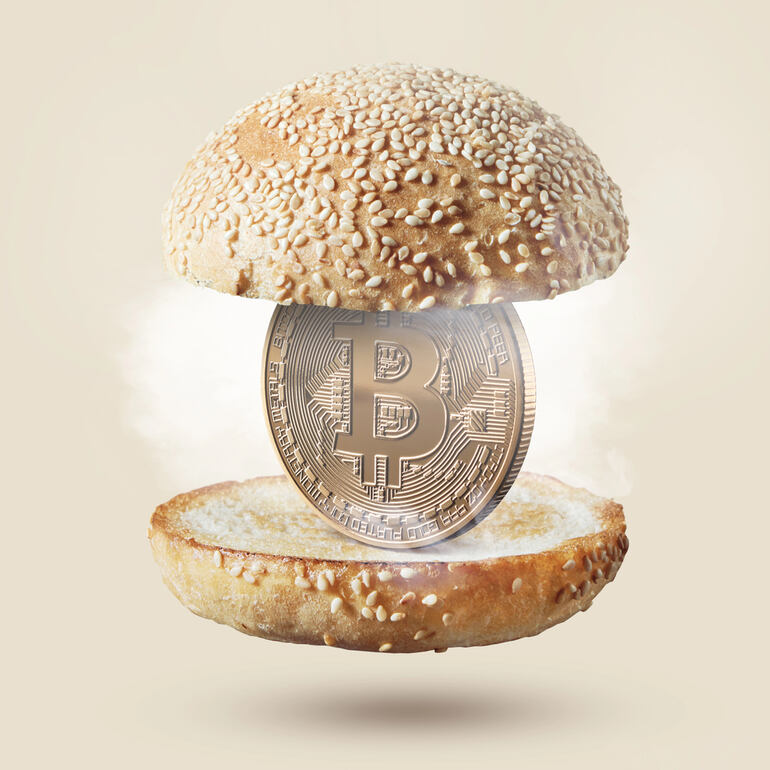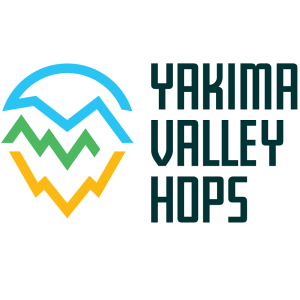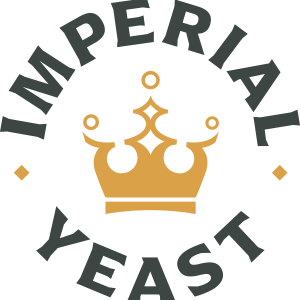I remember back then having to hunt around for the right amount of money or use my card at the coffee shop. I think about those days with wonder now. Small but important changes are happening in the food and drink industry, including homebrewing, that go even further than focusing on specialty foods or regional products.
How people shop for and experience food and drink is starting to change because of cryptocurrency. Using new technologies, both taprooms and homebrewing pubs are making our meals and drinks more transparent and easier to pay for.
The Rise of Crypto Payments in Restaurants
You might now see, alongside the usual payment choices, a little QR code on restaurant menus. Restaurants aren’t just adopting cryptocurrency; they’re also leveraging technology to make the dining experience better, such as using QR codes in restaurants for everything from digital menus and contactless ordering to gathering instant guest feedback. Integrating QR codes with payment options, including cryptocurrency, can streamline service while enhancing customer engagement, making it easier for diners to order, pay, and even participate in loyalty programs on their mobile devices. That way, you can test out using digital currencies. Many fast food chains, coffee shops, and (in some cases) fancy restaurants have begun accepting cryptocurrency, though this is still not widespread.
Why is there a shift happening? Many restaurant owners prefer crypto transactions because they don’t have to pay the high processing fees that regular credit card companies require. If your profits are very small, like in most restaurants, any little improvement can make a big difference. However, restaurant owners must carefully track the USD to ETH exchange rate to manage their revenue effectively. Plus, crypto payments are often faster and don’t require the same lengthy settlement periods as traditional banking.
Yet, it’s not limited to just being frugal. Many business owners see that using cryptocurrencies draws in customers who fit a niche: tech enthusiasts who make larger purchases. Instead of searching for great discounts, these people care enough to pay more for experiences they feel will benefit them.
Supply Chain Transparency: From Farm to Table to Blockchain
The most promising application of cryptocurrency technology in food isn’t the currency itself, but the underlying blockchain technology. Food safety and transparency have become hot-button issues, especially after high-profile outbreaks of foodborne illnesses.
Something that traditional supply chains have trouble with, blockchain can handle: making everything traceable. Picture being able to click on a QR code when you get organic products to see where your food came from, when it was harvested, the method of transportation, and the weather at the time. Blockchain isn’t something out of a novel any longer – significant grocery companies and stores are already tracking their items with it.
Being open in food production helps consumers and greatly improves how food is kept safe. With contamination, companies identify the cause right away, which was possible only a by days or weeks before. As a result, products can be recalled more quickly, less food will be wasted, and what we eat will be safer.
The Investment Side: Crypto Meets Food Ventures
The relationship between cryptocurrency and food extends beyond just payments and supply chains. The rise of decentralized finance has opened up new funding avenues for food startups and agricultural projects. Traditional bank loans can be notoriously difficult for food entrepreneurs to secure, especially those working on innovative or sustainable projects.
Funding platforms built on cryptocurrency technologies are helping advance global food innovation. Even if you’re an IPA fan and investor, you can now help fund beer-focused startups or homebrewers through cryptocurrency. Having an internet connection is all it takes, as these advanced tools support the growth of food from farms through to the taprooms.
Even within agriculture, some cooperatives now have their tokens, so members can contribute towards buying shared equipment. It’s similar to crowdfunding, except that blockchain gives it extra transparency and a wide global reach.
Challenges and Growing Pains
Of course, it’s not all smooth sailing. Cryptocurrency’s notorious volatility makes many food businesses hesitant to embrace it fully. Imagine accepting digital currency for a catering order, only to have its value drop 20% before you can convert it to traditional currency to pay your suppliers. Some businesses solve this by immediately converting crypto payments to conventional money, but that somewhat defeats the purpose.
People are also often held back by a lack of clear regulatory rules. Health and safety regulations are hard for food businesses to follow; adding the need to follow cryptocurrency rules can be tough. Due to different country rules for crypto, trading food internationally is now more challenging than it used to be.
There’s also the issue of protecting the environment. Using too much energy is a common problem with cryptocurrency networks, which is unacceptable to some food businesses that care about being sustainable. Fortunately, energy concerns are being met today as digital currencies use new, efficient techniques.
The Future of Food and Crypto
Although there are challenges, food and cryptocurrency are coming together naturally. More and more, younger people use digital methods to pay and like to know what they are eating. When crypto technology is more stable and mature, it will be used more widely in the food sector.
Cryptocurrency Is Bringing Changes to the Food and Drink Industry
The upcoming changes are genuinely what makes me excited. Think about electronic rewards for local hop growers when their crops pass the standards set by brewers, and loyalty programs for restaurants that provide digital tokens that increase in value. Suppose that people holding cryptocurrency in local food or drink cooperatives actively support independent local businesses and help build a decentralised way of running food systems. It’s an era in which the use of technology helps people discover more, earn rewards for staying committed, and link their food, beverages, and financial investments.
Combining food with cryptocurrency isn’t only necessary because of trends; it helps businesses rethink how people relate to their food. I can’t help but say that it looks and feels pretty good to me.








